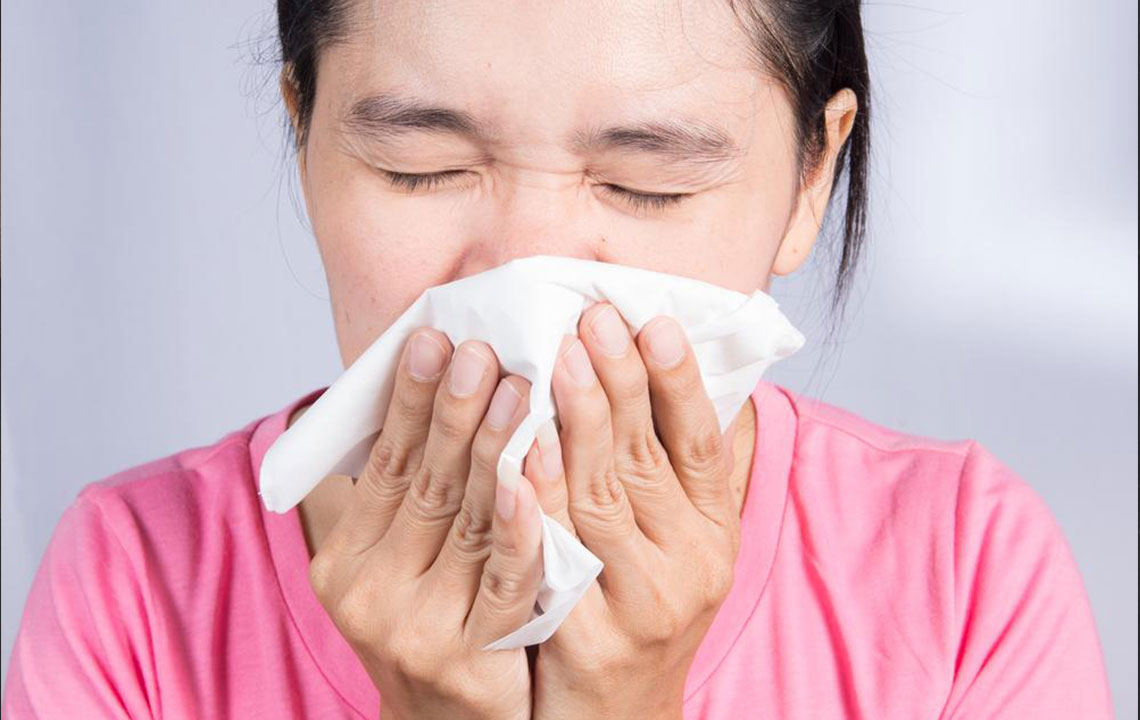Tips to Get Relief from Nasal Congestion

Nasal congestion is one of the common problems among many people. The nasal congestion causes pressure on the sinus which causes cold, fever, cough, etc. The nasal membranes get inflamed and irritated when some allergens get stuck in the nose. The cold, running nose or stuffed nose is caused to send the allergens out of the nose.
Some Tips for Nasal Congestion relief:
The noise has to be moist all the time, and this can be done in many ways:
- Using a humidifier can help in retaining the moisture in the nasal membranes.
- Breathing from the vessel filled with hot water can help in n asal congestion reliefs . Some essential oils such as Eucalyptus oil, mint oil, etc. can be added to water to get more relief.
- Keeping yourself hydrated by drinking lots of water is essential as there will be a loss of water when suffering from cold.
- Nasal saline sprays can be used to keep the membranes of the nose moist.
- The nasal irrigators or bulb syringes available in the market can be used to keep the insides of the nose moist. The irrigator liquid can be prepared from distilled or sterile water.
- You can get relief from the cold by placing a wet towel on the face which is soaked in warm water and rinsed.
- If you place your head at a height by placing 2 to 3 pillows, then it becomes easy to breathe, and there will be relief in nasal congestion.
- Pain relieving medicines will not reduce the cold but the pain-relieving medications such as acetaminophen, Ibuprofen, and Naproxen can help in getting relief from the symptoms of the cold.
- Nasal sprays help in giving relief from sinus conditions such as the stuffy nose. The ingredients such as phenylephrine help in opening up the nasal path. Some people may get addicted to nasal sprays if they are used for more than a week. So care should be taken about not using the nasal sprays after a week.
- Neti pots are a standard way to reduce the congestion of nose and other symptoms related to cold. These are available in the over the counter medical shops. The insides of the nose are washed by pouring distilled or sterilized water from one nostril. The head has to be bent so that the water comes out from the other nostril which cleans the nose. The neti pots have to be used carefully and the water used should be distilled or sterilized water, otherwise it may cause infections.
- Sterilized or distilled water can be mixed and used as a spray to get relief from cold. The saline sprays can help in flushing out the inflammation causing bacteria, allergens, etc. from insides of the nose. These sprays can be bought from the over the counter medical shops or can be made at home by mixing two teaspoons of non-iodized salt in a glass of distilled or sterilized water. The apparatus has a bulb syringe which can be used to pour the saline water towards the back of the head. The nose has to be blown gently after pouring the water.
- Steam is good for cold, and it relieves the stuffy nose and other symptoms of the cold. Steam can be inhaled from a steaming pot. Some essential oils such as Eucalyptus oil or menthol can be mixed with water for better results.
- Peppermint is good for cold and drinking peppermint tea is very good for cold. The hot peppermint tea soothes the throat, opens up the nasal passages and gives relief from the symptoms of the cold.
- Any soup whether it is vegetable soup, tomato soup gives relief from the symptoms of the cold when taken hot and by adding pepper powder. The pepper powder opens up the nasal passages, and the hot soup soothes the throat.
Let us look at some of the Over the counter medicines for cold:
Naphazoline, oxymetazoline, phenylephrine are some of the nasal decongestants which come as sprays. Some nasal decongestants such as phenylephrine, pseudoephedrine comes as pills. These sprays and pills help in getting relief from the cold and various symptoms.
Care should be taken that the decongestants which come as pills should not be used for more than a week and the decongestant sprays should be stopped within 3 days. If allergies cause nasal congestion and sinus pressure, then allergy related medicines which contain antihistamine should be used to get relief from sneezing, running nose, cough, cold, etc.
Taking lots of rest when suffering from cold can make you feel better and helps in reducing the symptoms soon. It is always advisable to stay insides when suffering from cold as the pollution, and the other allergens such as pollen outside can increase the cold and others also can get infected by cold.


